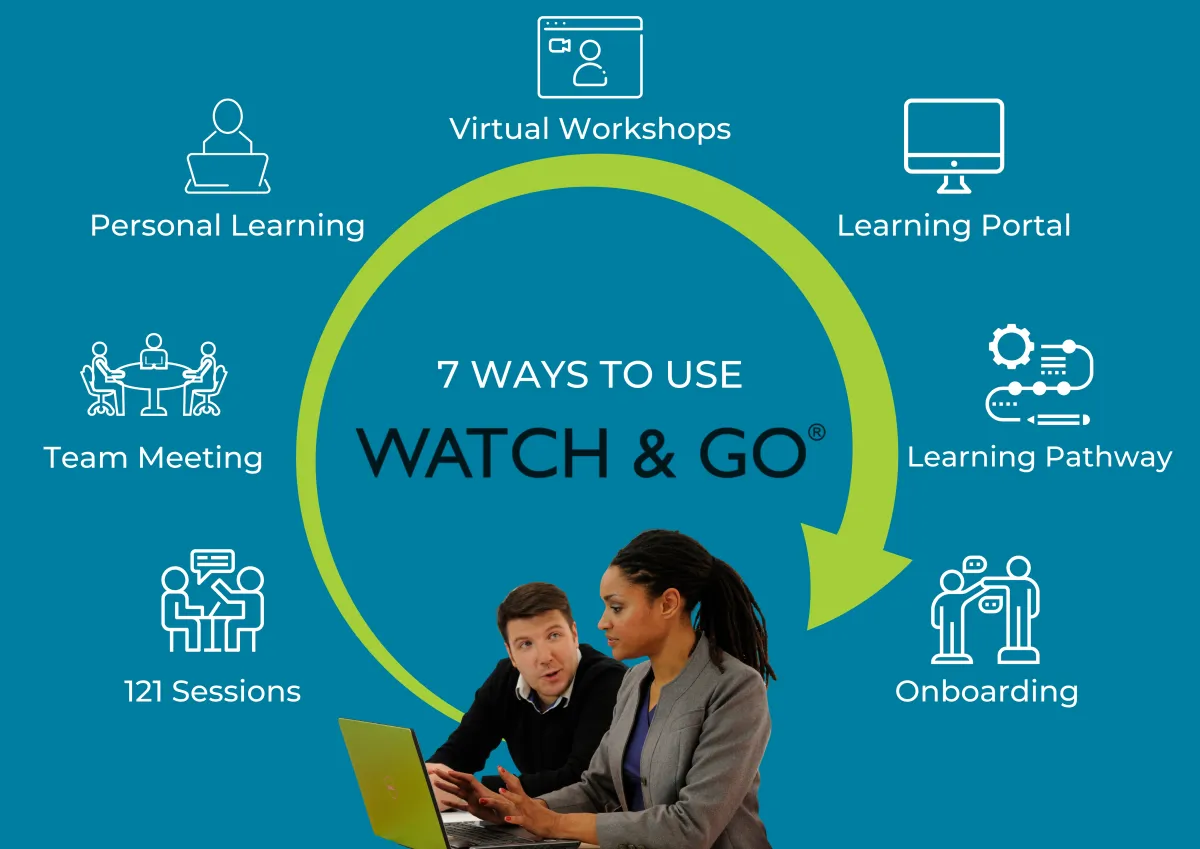
2-minute read
Video content is a valuable asset in your L&D library. But how can you make the most out of this versatile learning resource? If you’ve placed the content on your LMS and sent out links to the videos surely it’s up to the learner to take it from there?
At Scott Bradbury we sat down and thought about the many, and varied, ways that video content is used. Here we outline seven of them - one for every day of the week. Proving that every day can be a learning opportunity!
Learning Portal
Let’s start with the obvious one first. Make your video content accessible via a learning portal, that can be the biggest, swankiest LMS tool out there or simply a set of hyperlinks on an Intranet page. The key thing is to ensure the technology works for all, home broadband issues aside. It must be easy and straightforward to navigate. There should be no need for complex training manuals, it should be an intuitive access point for all your learning resources.
Personal Learning
Advertise your video resources as a self-directed learning opportunity. It shouldn’t be a ‘push’ from L&D, it should be a ‘grab and go’ opportunity for the learner. They are in control of what they want to learn, in a time and place that is convenient for them.
Learning Pathway
Use video content as part of the wider development plan, the blended approach. Video sits quite happily alongside workshops, classroom activities, interactive assessments, articles, podcasts etc. Video is just one part of the jigsaw.
Onboarding
Use video with your new recruits to share cultural and behavioural expectations that are specific to your company. Used as part of the onboarding process it provides an opportunity to standardise how each new recruit is welcomed – everyone gets the same story.
Team Meeting
Whether it is virtual or face-to-face, video content is easily shared with a group or team. Allow everyone time to watch the content and use plenary/breakout sessions for smaller group discussions. Video doesn’t have to be a singular activity, watched in a collective it provides a background for debate, challenge and analysis.
Virtual Workshops
As a trainer, have video in your arsenal alongside your PowerPoint, workbooks, and flip charts. It helps to break up a long training session with different media, it also ensures that you appeal to all learner types.
1-2-1 sessions
Use video as part of a coaching session, in a 1-2-1 or feedback meeting. People learn best form people. Whilst you can talk through behaviours in a 1-2-1 conversation, sharing video content that covers a difficult topic provides additional support to your conversation.
Video learning has multiple uses – it’s sociable and shareable, but also personal. To get the maximum value out of your video subscription why not try out some the seven ways we have outlined here?
Multiple uses = Maximum value.